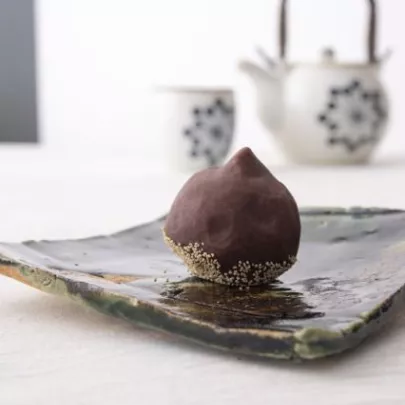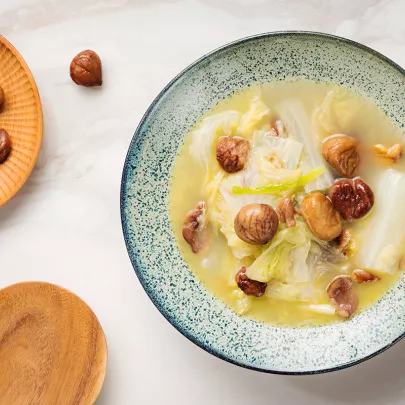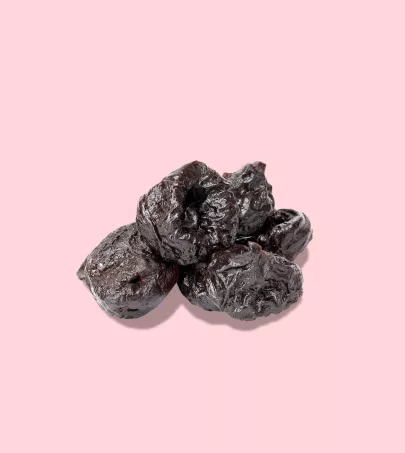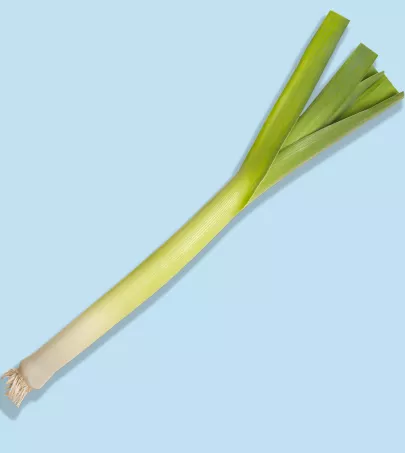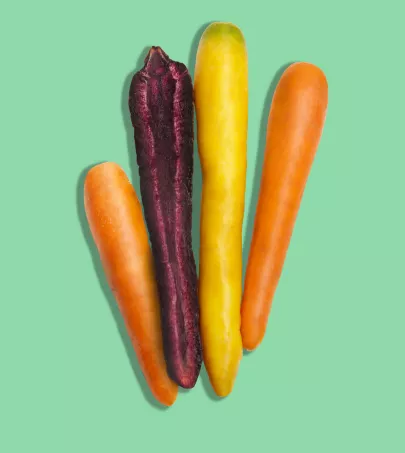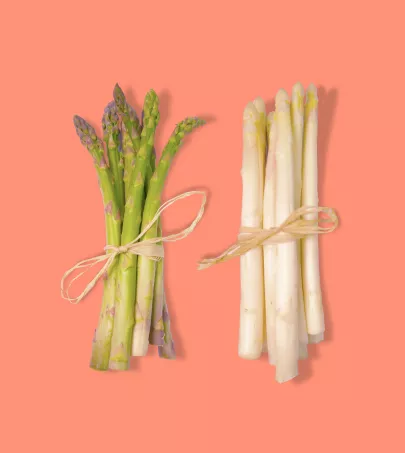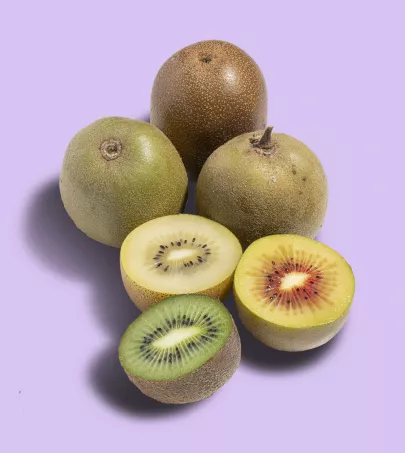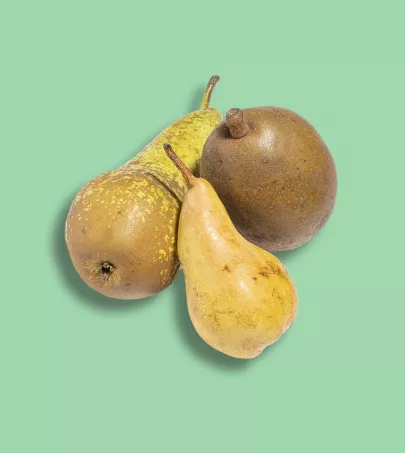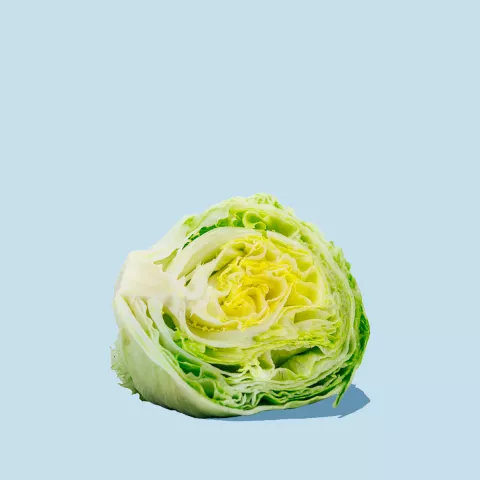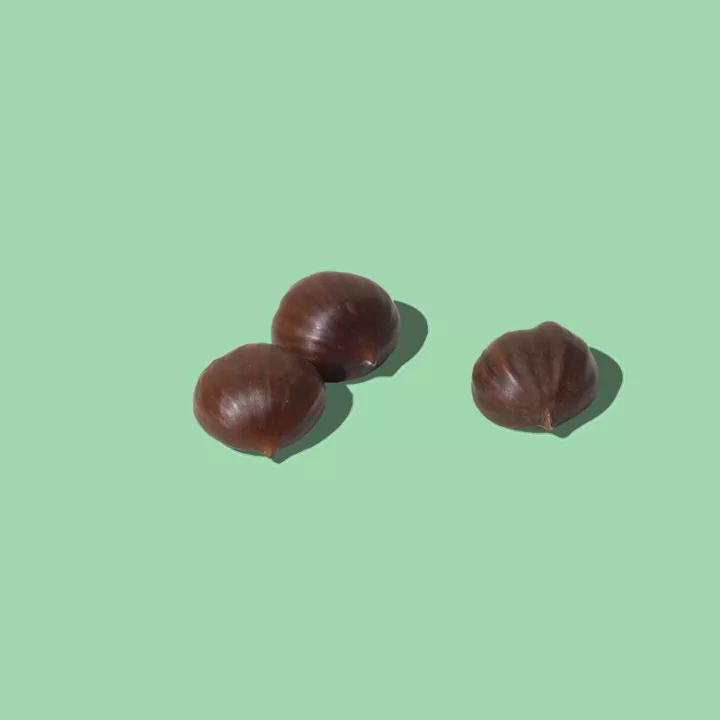
Ardèche Chestnuts PDO
Auvergne - Rhône-Alpes
In France, the chestnut heralds the arrival of fall, but connoisseurs enjoy it year round! Fresh Ardèche chestnuts are grown and processed in this region. They are used to make flour, jam, cream, sorbet, liqueur, and of course the famous candied chestnut!
What you need to know
Chestnuts are a traditional crop in the French department of Ardèche and flourish in the area's acidic soil and upland climate. Local varieties, including Comballe, Marigoule, Précoce Ronde des Vans, Bouche Rouge, and Sardonne chestnuts, all of which offer a distinctive taste profile, are grown in registered and traceable chestnut orchards without chemical fertilizers.
Chestnuts are either picked up from the ground by hand, at which point they must be removed from their spiky bur, or collected in nets using a vacuum. The chestnuts are then sorted to remove any worm-eaten or misshapen fruit, then graded and packaged. Depending on their grade, they are sold either whole or processed to make flour, cream, purée, jam, or another by-product.
Ardèche chestnuts can be enjoyed on their own through the many delicious products made from PDO Ardèche chestnuts. They feature the "Châtaigne d'Ardèche, la reine des châtaignes" (Ardèche chestnuts, the Queen of Chestnuts) logo, which guarantees that they are grown in Ardèche. The chestnuts are produced and processed according to traditional methods that have been passed down from generation to generation. Some of the many products made with chestnuts include chestnut cream, purée, paste, and jam as well as candied chestnuts and plain-cooked shelled chestnuts (whether jarred or sous-vide), chestnut sorbet, and chestnut liqueur.
The label "Châtaigne d'Ardèche AOP" (Appellation d'Origine Protégée / Protected Destination of Origin) is granted to three products: fresh chestnuts, dried chestnuts (shelled and dried), and chestnut flour (produced from dried chestnuts).
Nutritional benefits
Due to their high carbohydrate content, chestnuts contain around 70 calories per nut. Chestnuts are a rich source of vitamin B9, vitamin B6, and potassium. They also contain high levels of antioxidants and are gluten free.
Editor's note
Pair with
Sweet: chocolate, vanilla, pear, and goat cheese (PDO Picodon).
Savory: guinea fowl, turkey, confit of duck, roasted pork or veal, and foie gras.
Wine: Jurançon, Grave Blanc, Savennières, Arbois Blanc, Côte-du-Jura, Médoc Rouge, Haut-Médoc Rouge, Banyuls Rouge, and Rivesalte Rouge.


